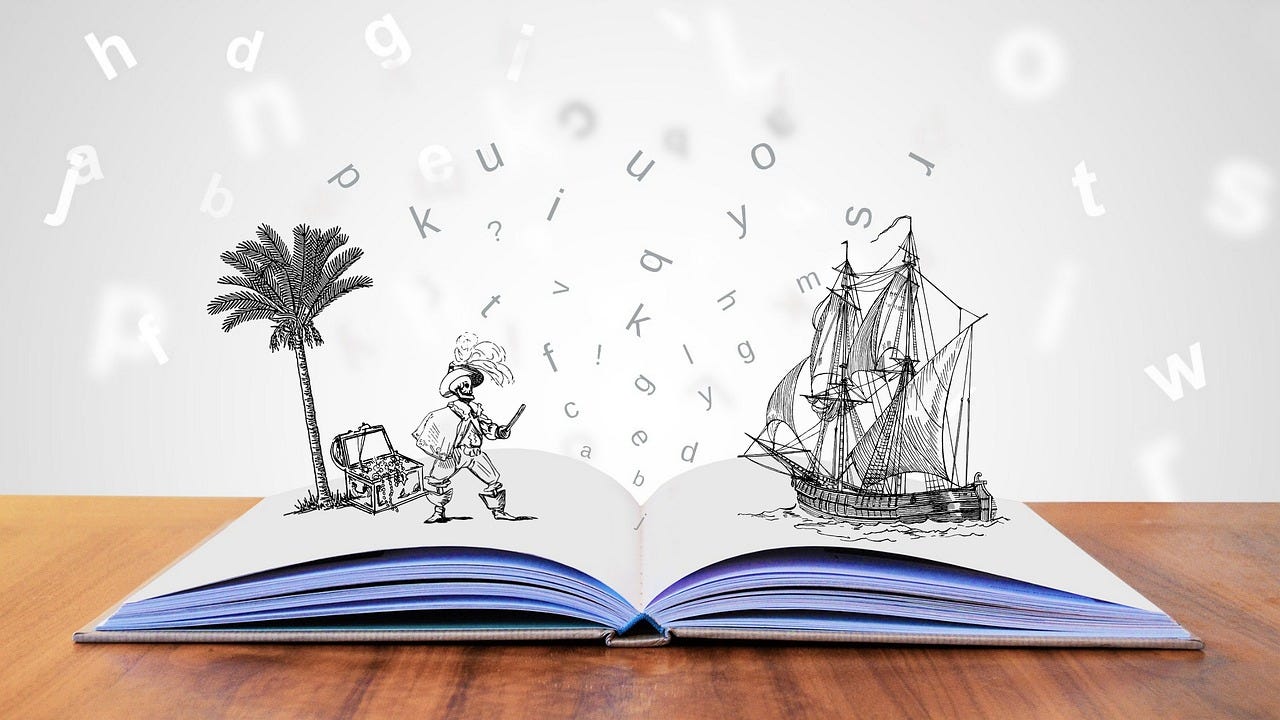The Art of Storytelling: Crafting Compelling Narratives
In a world inundated with information, there's one thing that stands out above the noise: storytelling. It's the timeless craft that has been passed down through generations, captivating audiences and transporting them to different worlds, evoking emotions, and sparking imagination. The art of storytelling is not just about spinning a tale; it's about weaving a narrative that resonates deeply with the audience, leaving a lasting impression.
So, what exactly is the essence of The Art of Storytelling: Crafting Compelling Narratives? Let's embark on a journey to unravel its secrets, explore its key aspects, and understand its relevance in our lives.
Defining The Art of Storytelling
At its core, storytelling is the art of conveying a message or an idea through a narrative. It's about using words, imagery, and emotions to create a connection with the audience. Whether it's through spoken word, writing, visual arts, or any other medium, storytelling transcends boundaries and communicates universal truths.
But what makes a narrative compelling? It's the interplay of various elements such as character development, plot structure, setting, dialogue, and themes. A well-crafted story doesn't just entertain; it engages, challenges, and inspires.
Key Aspects of Crafting Compelling Narratives
1. Character Development:
Characters are the heart and soul of any story. They drive the plot forward, undergo a transformation, and evoke empathy from the audience. Memorable characters are relatable, multidimensional, and flawed, making them feel human.
Example:
Think about Harry Potter, a seemingly ordinary boy thrust into an extraordinary world of magic and adventure. His journey from a timid young wizard to a courageous hero resonates with readers of all ages, making him one of the most beloved literary characters of all time.
2. Plot Structure:
A well-defined plot keeps the audience engaged from start to finish. It typically follows a three-act structure—introduction, conflict, and resolution—but can vary depending on the genre and style of storytelling. The key is to maintain tension, pacing, and momentum throughout the narrative.
Example:
Consider "The Shawshank Redemption," a film that follows the journey of Andy Dufresne, a banker wrongfully convicted of murder. The meticulous planning of his escape, the obstacles he faces, and the ultimate triumph of justice form a gripping plot that keeps viewers on the edge of their seats.
3. Setting and Atmosphere:
The setting serves as the backdrop for the story, shaping its tone, mood, and atmosphere. Whether it's a bustling cityscape, a remote wilderness, or a fantastical realm, the setting enhances the narrative and immerses the audience in the world of the story.
Example:
Imagine the dystopian world of George Orwell's "1984," where surveillance is omnipresent, individuality is suppressed, and truth is manipulated by those in power. The bleak and oppressive atmosphere of the setting mirrors the themes of totalitarianism and oppression explored in the novel.
4. Dialogue and Voice:
Dialogue breathes life into characters and drives the narrative forward. It reveals personality, motivations, and conflicts, adding depth and authenticity to the story. A distinct voice for each character creates a sense of authenticity and allows readers to connect with them on a deeper level.
Example:
Take the witty banter between Elizabeth Bennet and Mr. Darcy in Jane Austen's "Pride and Prejudice." Their sharp exchanges reveal their conflicting personalities and romantic tension, making their eventual reconciliation all the more satisfying for the reader.
5. Themes and Symbolism:
Themes are the underlying messages or ideas explored in a story, while symbolism adds layers of meaning and depth. From love and friendship to power and redemption, themes resonate with the human experience and provoke thought and reflection.
Example:
Consider the allegorical tale of "The Lion, the Witch, and the Wardrobe" by C.S. Lewis, where the magical land of Narnia serves as a metaphor for the battle between good and evil. Aslan, the noble lion, represents Christ-like sacrifice, while the White Witch symbolizes tyranny and corruption.
The Relevance of Storytelling in Today's World
In an era dominated by technology and digital media, storytelling remains as relevant as ever. It's not just a form of entertainment; it's a powerful tool for communication, education, and advocacy. From marketing campaigns to political speeches, stories can influence opinions, shape perceptions, and drive social change.
In business, storytelling is an essential skill for building brands, engaging customers, and driving sales. Companies that can articulate their mission, values, and purpose through compelling narratives are more likely to resonate with consumers and stand out in a crowded marketplace.
In education, storytelling is a potent tool for fostering creativity, critical thinking, and empathy. By integrating stories into lesson plans, educators can captivate students' interest, facilitate a deeper understanding of complex concepts, and inspire a lifelong love of learning.
In politics, storytelling is a means of connecting with voters on a personal and emotional level. Politicians who can craft a compelling narrative around their policies and platforms are more likely to garner support and mobilize grassroots movements.
Conclusion: Embracing The Art of Storytelling
As we've explored the essence of The Art of Storytelling: Crafting Compelling Narratives, it's clear that storytelling is more than just a pastime; it's a fundamental aspect of the human experience. From ancient myths and legends to modern novels and films, stories have the power to entertain, educate, and inspire.
So, whether you're a writer, a marketer, an educator, or a politician, I encourage you to embrace the art of storytelling in your endeavours. Craft narratives that resonate with your audience, provoke thought and spark the imagination. By harnessing the power of storytelling, you have the opportunity to make a lasting impact on the world around you.
In the words of renowned author Neil Gaiman, "We tell ourselves stories to live." So, let's continue to tell stories that enrich our lives and connect us to one another in meaningful ways. And remember, the journey of mastering the art of storytelling is as rewarding as the stories themselves. So, keep exploring, keep creating, and keep sharing your stories with the world.








Comments
Post a Comment